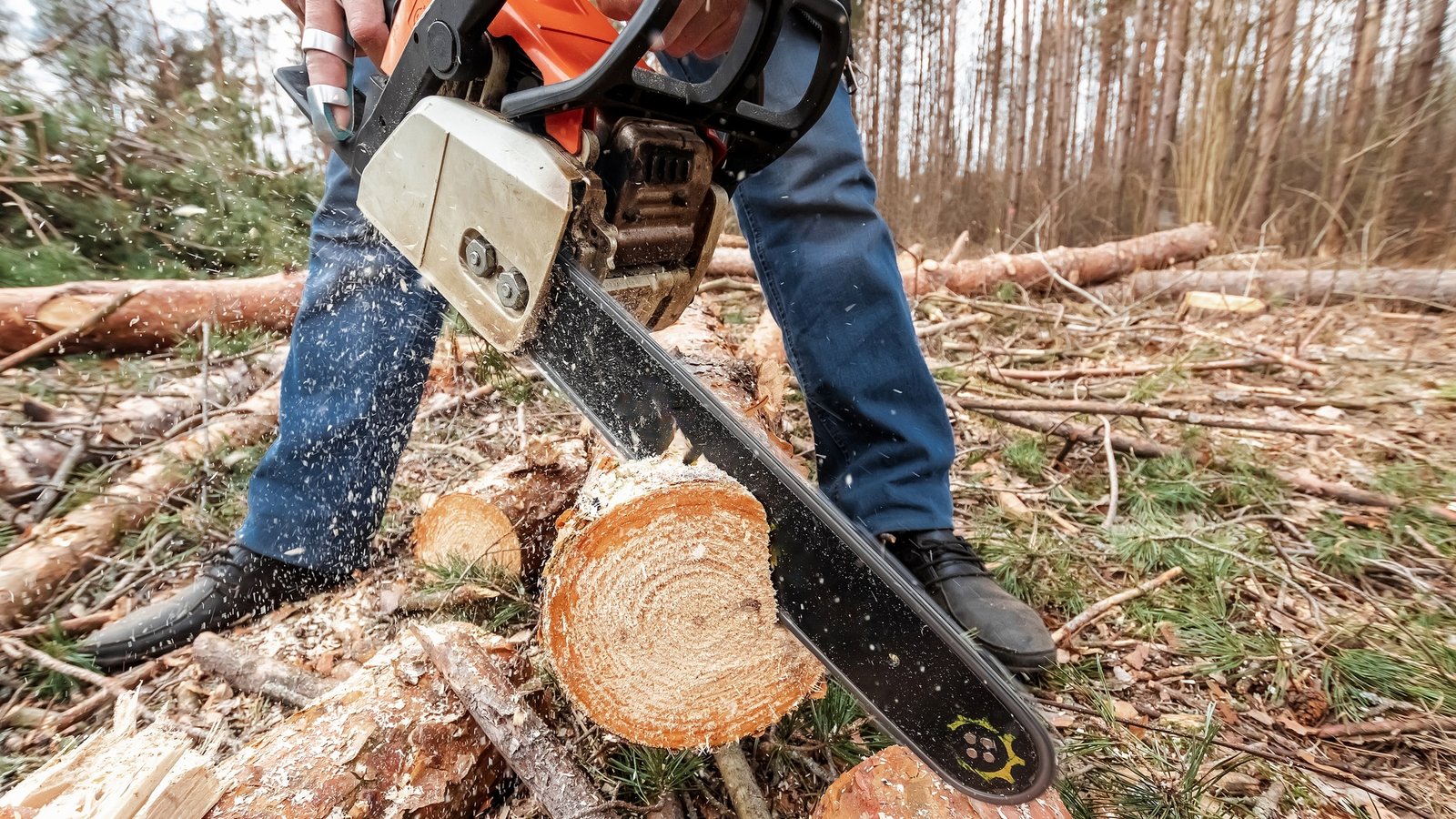Over the course of nine films that span more than 50 years, not once does horror film icon Leatherface take sensible chainsaw safety precautions. This may be unsurprising given the slasher’s… other habits, but with spooky season officially here, even ordinarily sensible people have a tendency to throw caution to the wind with a chainsaw in their hands.
Between 2018 and 2022, almost 130,000 people visited hospital emergency rooms for injuries related to these efficient, but powerful tools. After extensively reviewing these and other statistics across two publicly available datasets, researchers have identified some key observations in a study published in the journal Safety.
“The average person doesn’t realize how dangerous chainsaws are,” Penn State agricultural and biological engineer Judd Michael said in a recent interview about his team’s investigations.
Perhaps unsurprisingly, Michael and his colleagues found that casual users are much more liable to injure themselves than professionals when using the tools. Of those 130,000 reported ER visits, only 202 could be directly linked to occupational chainsaw work. The rest fell on those the researchers dubbed “weekend warriors.” The reasons behind this discrepancy are likely pretty simple: most professionals receive at least some on-the-job safety training and utilize personal protective equipment, while amateurs do not. As for the injuries themselves, most cuts and fractures occurred to exposed limbs.
For protection, a tried-and-true material designed to stop bullets can help here as well.
“Chainsaw users should wear Kevlar chaps to protect themselves, along with helmets, gloves and eye protection,” Michael suggested. “And before venturing into a woodlot or forest with a chainsaw, they should take the time to receive some training.”
Penn State offers its own videos to keep people informed, including one on specific chainsaw safety tips and another about protective equipment options. Regardless of an injury or fatality’s origins, situational awareness is crucial to keep in mind whenever you’re about to rev up a saw.
“Hazard recognition—from both the saw and surrounding objects—is one of the most important lessons a sawyer can learn,” Michael said.
As for Leatherface’s weapon of choice—the tool itself is actually a lot less lethal than you might think.
“Statistics show that most victims are injured with cuts and open wounds from the saw teeth,” he said. “But most deaths were caused not by the chainsaw itself, but by trees or limbs falling on victims who were using one.”
The post The safest way to use a chainsaw, according to science appeared first on Popular Science.


